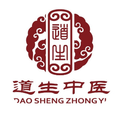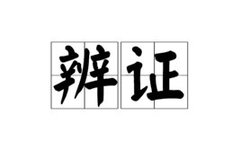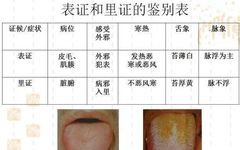Discussion on Differentiating Syndromes Based on Deficiency and Excess
Discussion on Differentiating Syndromes Based on Deficiency and Excess By Lai Haibiao 1. Differentiating Syndromes Based on Deficiency and Excess In the “Su Wen: Treatise on Regulating the Menstrual Cycle”, it states: “All diseases arise from deficiency and excess.” In the “Su Wen: Treatise on Febrile Diseases”, it states: “When the righteous qi is preserved … Read more










